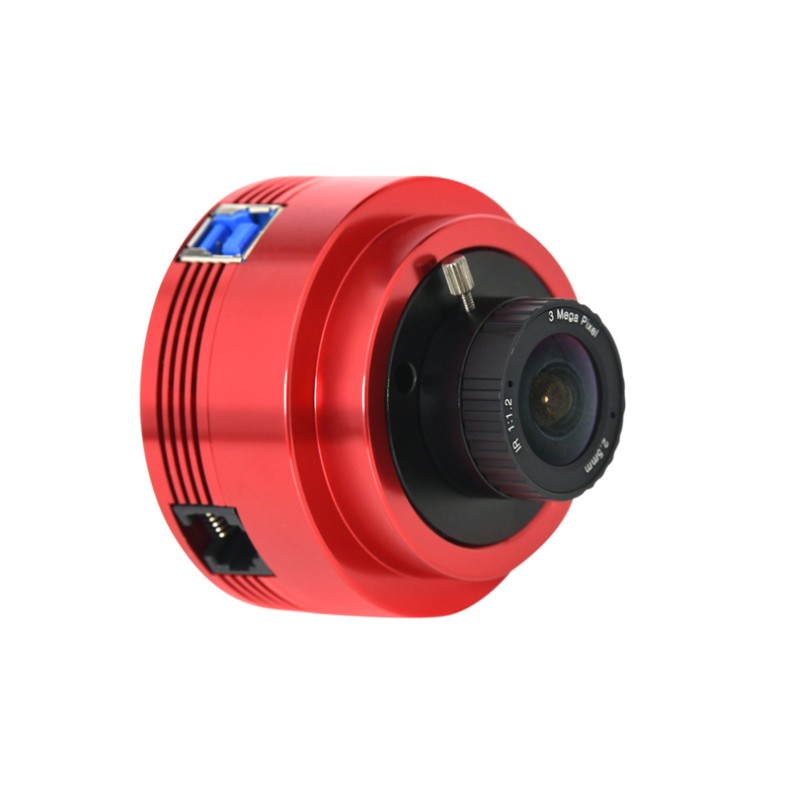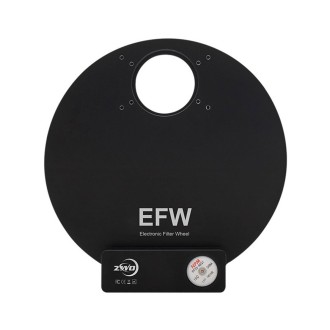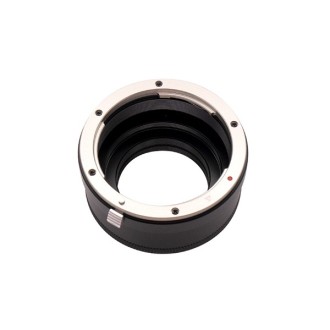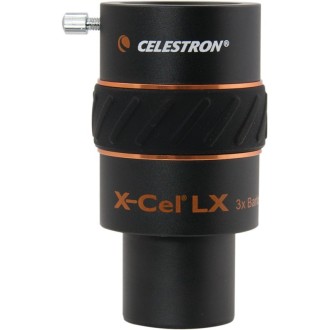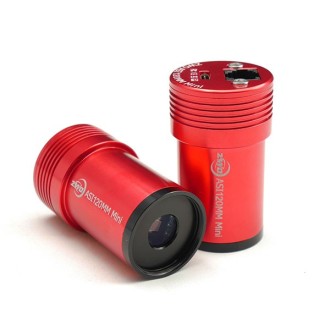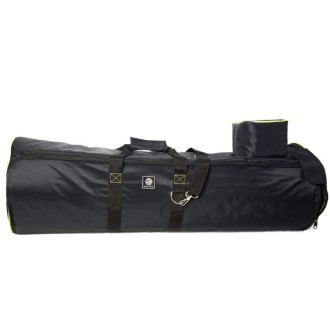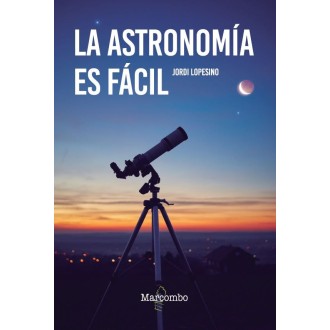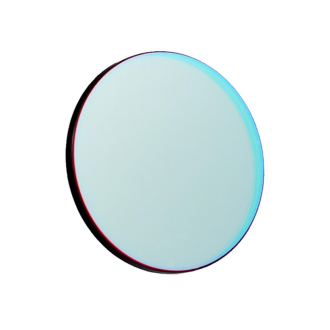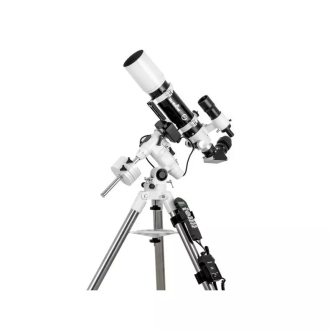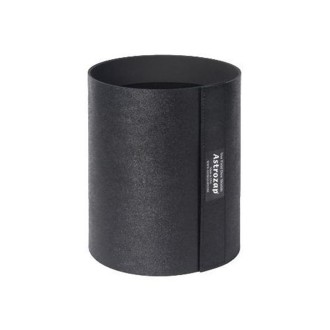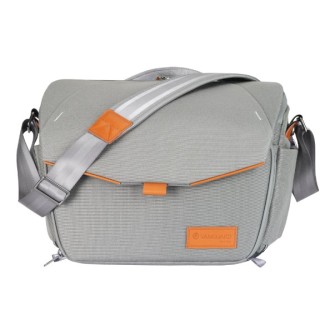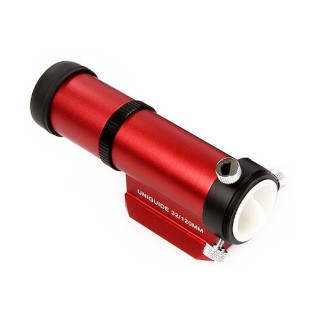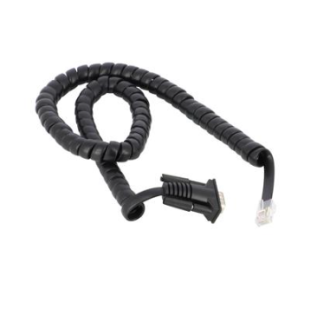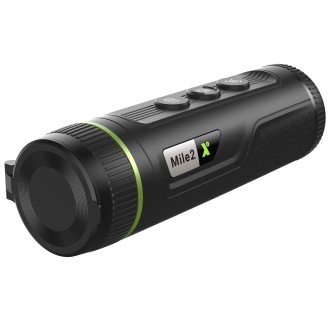Deliver it 9/16 days

Planetary camera ZWO ASI664MC (IMX664)
| Carrier | Description | Estimated Delivery | ||
|---|---|---|---|---|
 |
Home delivery - International | Home delivery - International |
Monday, 12 May - Monday, 19 May |
|

Home delivery - International
Home delivery - International
Estimated delivery:
Monday, 12 May - Monday, 19 May
Planetary camera ZWO ASI664MC (IMX664)
Everything you need to know about the camera ZWO ASI664MC
The ZWO ASI664MC camera is equipped with a 4.15 megapixel (2704 x 1536 px) color CMOS sensor measuring 9 mm diagonally. At full resolution, the maximum acquisition rate reaches 95 fps with a dynamic range of 12 bits. Equipped with the latest technologies of Sony's STARVIS 2 sensor architecture, the camera offers state-of-the-art functionality: total absence of electroluminescence, high-capacity pixels, wide dynamic range, very high near-infrared sensitivity and very low read noise.
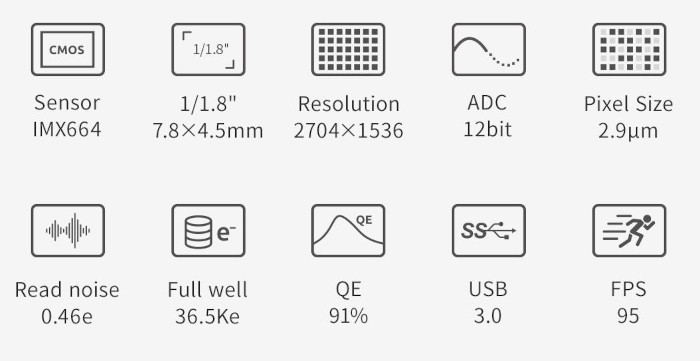
With its 1/1.8" color sensor, the ZWO ASI664MC is ideal for high-speed planetary imaging. You will be able to take superb color photographs of the planets while avoiding the vagaries of atmospheric turbulence. Thanks to its low-light sensitivity, the 664MC offers excellent results in visual aid or deep sky imaging using the "lucky imaging" technique (fast burst acquisition and subsequent stacking of a large number of deep sky images).
Sensor performance
Designed by Sony for surveillance and security applications, the IMX664 sensor is based on the STARVIS 2 technical architecture. It incorporates powerful functions that produce bright, high-contrast images with high dynamic range, even in extremely limited lighting conditions. It incorporates powerful functions that produce bright, high-contrast images with high dynamic range, even in extremely limited lighting conditions. The most important of these is the use of an optoelectronic structure known as a "backside illumination" (or BSI) sensor. All the sensor electronics are placed below the photosites, which reduces the distance light has to travel through the sensor and the blocking of photons by the non-photosensitive electronics. Sensitivity is greatly increased, even in very low light conditions. The sensor is also extremely efficient in the near infrared (NIR), a spectral band favored by planetary astrophotographers for its reduced sensitivity to atmospheric turbulence. This staggered structure allows more electronics, such as ADCs, to be placed on the sensor itself, minimizing artifacts and noise.
Compared to previous generations of Sony sensors, the IMX664 offers very low read noise and high capacity pixels (FWC). This higher capacity reduces the risk of overexposure and enables longer exposures. Thus, it is possible to photograph faint celestial objects within a few seconds without too much increase in noise. Add to this a reduced dark current, lower than that of the ASI662MC, for example, and you have an ideal solution for assisted visuals or deep-sky burst imaging.
Quantum efficiency and readout noise are the two most important parameters for measuring the performance of a camera. High quantum efficiency and low read noise are the prerequisites for a significant improvement in signal-to-noise ratio.
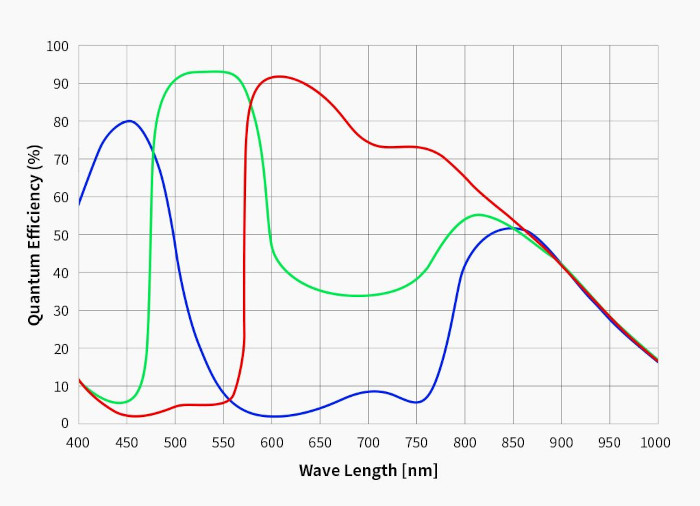
Read noise is the sum of several components: thermal noise from the photosites, noise from the sensor electronics and quantization noise from the analog/digital conversion stages. The lower the read noise, the better the results, so technological work is carried out at all levels to reduce it as much as possible. At the output, the camera incorporates a HCG (High Conversion Gain) device to reduce read noise at high gain while maintaining the high dynamic range that would be obtained at low gain. This HCG mode is automatically activated as soon as the gain reaches 1252.
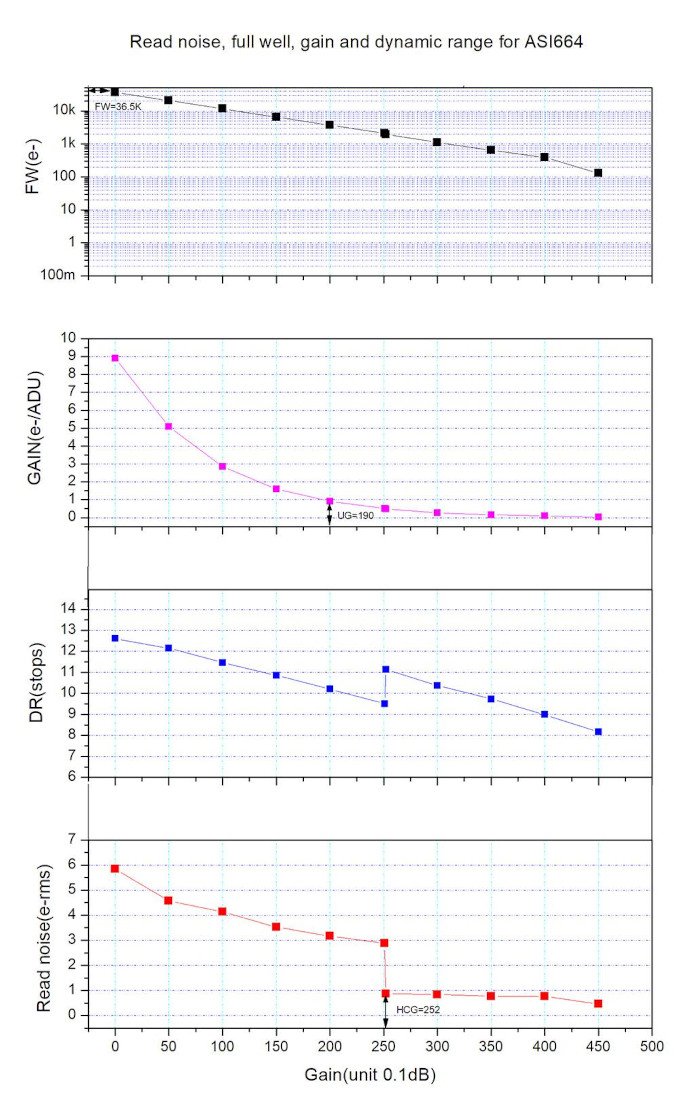
ASI664/662/585MC Comparison
The ZWO ASI664MC camera is considered an evolution of the ASI662MC model with, among other things, more pixels (2x) and even lower read noise. The following table shows the main features of the cameras ZWO ASI664MC, ASI662MC and ASI585MC.
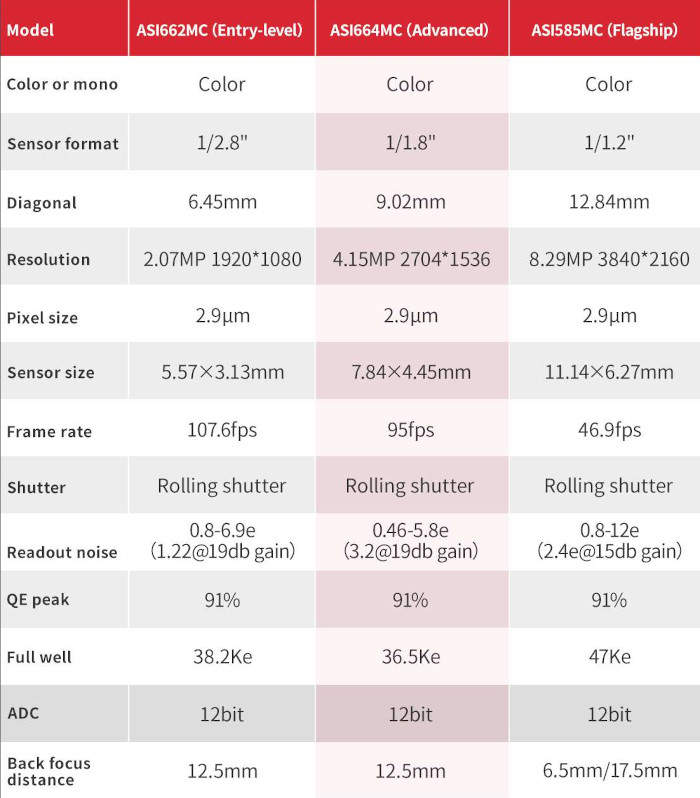
Mounting Mechanics
The ASI664MC has an M42 female input thread; the rear focus is 12.5 mm. A mechanical M42 to 31.75 mm male converter is supplied, along with a 2 m USB cable and an ST4 autoguider cable. ZWO also offers a well-made 2.1 mm focal length lens. Thus equipped, the camera can also be used as an All-View camera for sky surveillance.
Software
As with all cameras ZWO, the main and most comprehensive control software is ASIStudio, which can be downloaded free of charge from the manufacturer's website ZWO. The brand also offers a free SDK (Software Development Kit) so that many free or paid software packages are natively compatible with the cameras ZWO: Prism, NINA, FireCapture, MaximDL, SharpCap, PHD2, AllSkEye, etc. We invite you to consult the specific documentation of these softwares for their level of compatibility or visit the ZWO website for a comprehensive list.
ZWO also offers a unified ASCOM driver to control all your accessories through the ASCOM/Alpaca platform. This driver can be downloaded free of charge from the ZWO website.
For Linux and Mac users, the Indi or Indigo drivers are available free of charge from the websites of these platforms. Control is via KStars/Ekos (for Linux) and AstroImager/AstroTelescope software from CloudMakers (for Mac).
Finally, the cameras ZWO can be accessed through video drivers such as DirectShow or TWAIN. For more details, visit the ZWO website.
Planetary Camera ZWO ASI664MC (IMX664)

